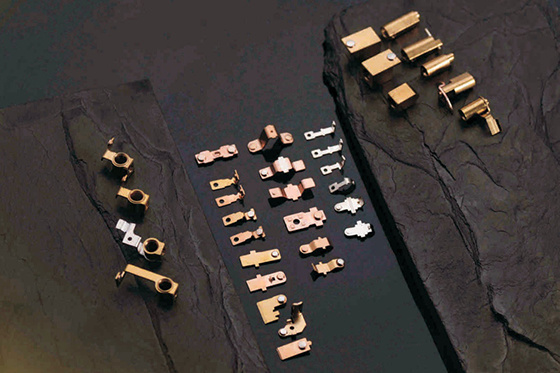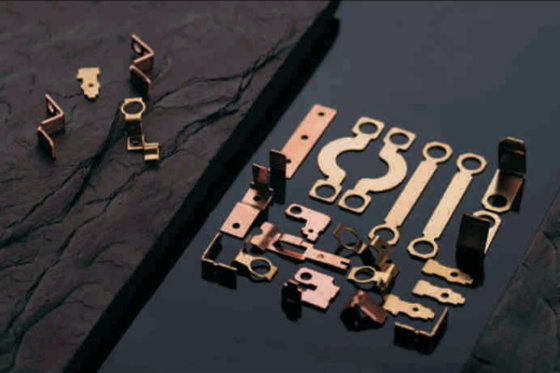Arc Extinguishing Method for the Contact of Low-voltage Switchgear
Time:
2023-11-30
Arc Extinguishing Method for the Contact of Low-voltage Switchgear
1. Contact resistance of contacts of low-voltage switchgear
The contacts of low-voltage switchgear are an important part of the actuator. The contacts of low-voltage switchgear are used to connect and disconnect the circuit, so the electrical and thermal conductivity required by the contacts is very good. Generally, the contact material is an alloy material of copper, silver and nickel, and it is also formed by plating silver and nickel on the surface of the copper contact.
The surface of copper is easily oxidized. If only copper is used as the contact material, it will increase the contact resistance of the contact, and the loss and temperature of the contact will also increase. Therefore, in small-capacity low-voltage switchgear such as intermediate relays, the contacts are usually made of silver alloy, and the oxide film resistance is only one-tenth of that of copper contacts.
(1) Membrane resistance
The thin film resistor is an oxide film formed by natural oxidation of the contact surface in the atmosphere. The resistance of the oxide film is tens to thousands of times higher than the resistance of the contact itself, and the conductivity is very poor. This oxide film resistance is called contact film resistance.
(2) Shrinkage resistance
Due to the roughness of the contact surface, the actual contact area of the contact is smaller than the cross-sectional area of the contact, which causes the effective conductive cross-section of the contact to be reduced. When the current flows, there are several conductive island phenomena where the current shrinks. The increased resistance of this contraction phenomenon is called the contraction resistance of the contact.
(3) Wear of contact
Wear of low-voltage electrical contacts includes electrical wear and mechanical wear.
Electrical wear of contacts is the loss of contact material caused by arc ablation during switching. Electrical wear depends on the amount of electrical charge passing through the contact gap and the contact material after being drawn by the arc. Electrical wear is the main cause of contact material loss.
The mechanical wear of contact is the loss of contact material caused by mechanical friction, which depends on the hardness of the material, the contact pressure and the contact sliding method.
(4) Contact form of contact
There are three types of contact: point contact, line contact and surface contact.
Point contact can reduce the surface resistance of the contact due to its strong voltage per unit area, so point contact is often used in low current and low voltage switching equipment. For example, the auxiliary contact of the contactor and the contact of the relay.
Line contact is accompanied by rolling friction between the moving contact and the static contact, which is beneficial to remove the oxide film on the contact surface. Wire contacts are typically used for frequent operations and large current situations. Examples are contactors and circuit breakers.
Generally, the contact material used for surface contact is an alloy, which has low contact resistance, welding resistance, wear resistance, and the characteristic of allowing large current to pass. Surface contact is generally used for small and medium capacity contactors.
(5) Contact state
The contacts are divided into normally open (movable) contacts according to their original state. The initial state referred to herein means that the coil of the low-voltage switchgear is not energized, or the switchgear is not stressed. Low-voltage switchgear is divided into main contacts and auxiliary contacts according to the breaking current of its contacts. The main contact is used to disconnect the main circuit and allow large current to pass; the control circuit uses auxiliary contacts, and the breaking current is generally 5A.





